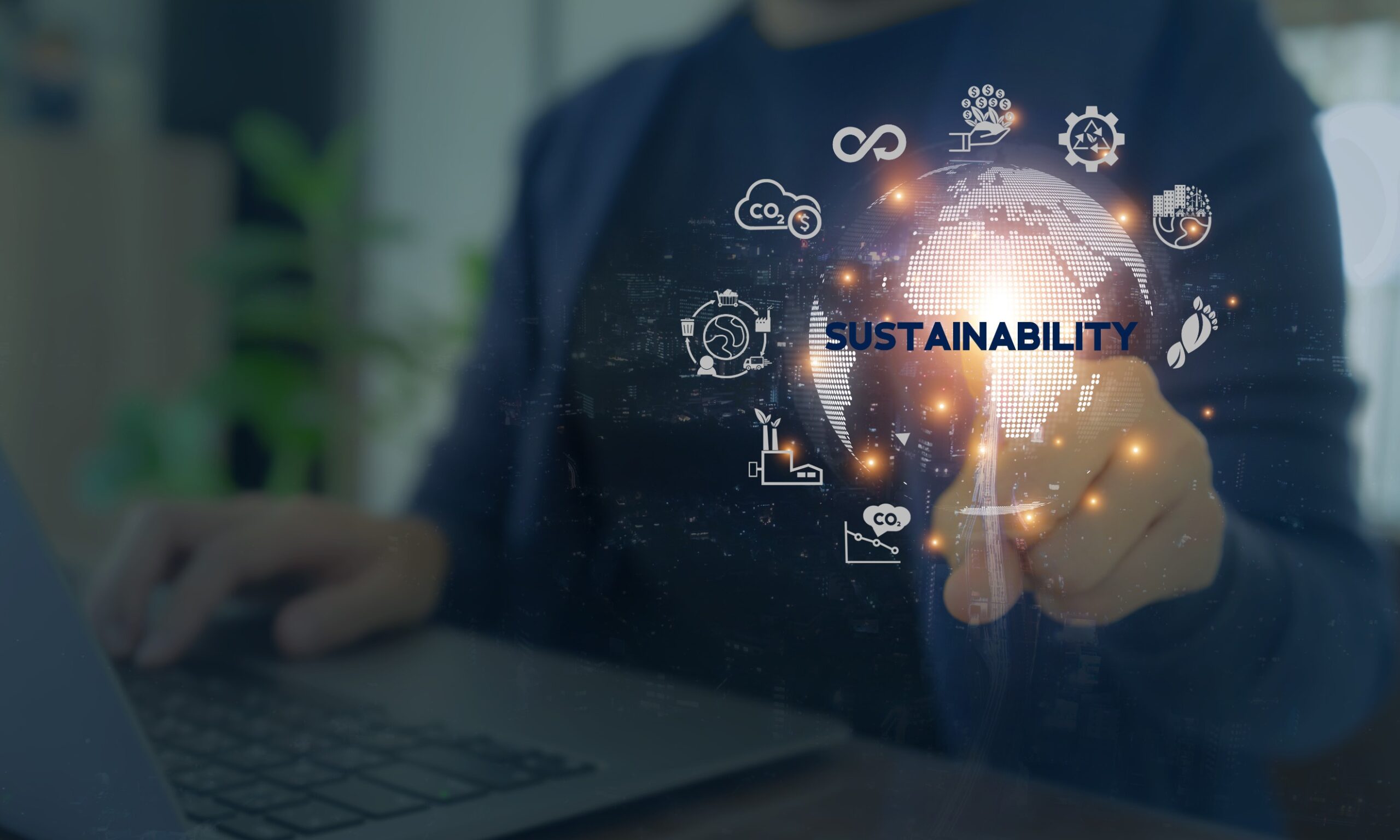The telecoms industry is currently faced with the challenge of extending and improving connectivity and simultaneously reducing carbon emissions. The move to open and disaggregated networks is gaining momentum in the telecommunications and networking industry for the potential to improve connectivity, with much of the focus so far being on vendor interoperability and diversity, cost savings and innovation. However, it is now also being proven to help with operators’ sustainability goals, delivering more efficient networks.
No RANing from the sustainability challenge
According to figures from the GSMA, the RAN accounts for 73% of all energy consumed by operators. Any efforts to achieve net-zero and make communications more sustainable must center on making the RAN more efficient.
One question that is frequently debated amongst telcos is whether Open RAN and its principles will make the RAN consume more or less power than traditional RAN, and what impact this may have on performance. Open RAN advocates for the separation of hardware and software components, allowing for greater flexibility and innovation. This disaggregation also allows operators to address the energy inefficiencies inherent in traditional RANs. Decoupling hardware components and leveraging virtualization technologies can enable more flexible deployment of network functions, and a focus on innovation by specialized vendors, leading to potential energy savings. The elimination of power-hungry legacy equipment, such as massive cell towers and specialized base stations, paves the way for a leaner, greener infrastructure.
Sustainability is a core principle of the Open RAN movement. It aligns with global efforts to reduce carbon footprints and mitigate climate change. The promise of lower energy consumption and reduced greenhouse gas emissions makes Open RAN an attractive option for telcos looking to meet sustainability targets. Another critical aspect of Open RAN is its emphasis on interoperability and vendor neutrality. This means that telcos are not locked into a single vendor’s ecosystem, fostering competition and innovation. As a result, telcos have the flexibility to choose the most energy-efficient and environmentally friendly solutions available in the market.
Quick-RIC wins and long-term hurdles
Within the context of Open RAN, the RAN Intelligent Controller (RIC) plays a pivotal role in optimizing network operations with a range of xApps and rApps designed to enhance resource management and further the energy efficiency objectives of networks. By dynamically optimizing resource allocation, promoting load balancing and facilitating energy-aware decisions, the emerging RIC ecosystem can contribute significantly to reducing the energy footprint of networks.
The RIC can open the door to some quick ways to improve energy efficiency in the short term. In the longer term, this report from Senza Filli identifies “automation, AI and technological advances in cooling and passive transmission” as hurdles to jump.
Freeing up power with RAN accelerators
Outside of the RIC, another important component to tackle is where the main computational processing happens. Two options have emerged involving custom chip accelerators; lookaside and inline, which differ in how much computational processing happens on the accelerator versus the central processing unit (CPU).
Which side the coin falls on this particular debate remains to be seen once more live deployments are in place from which to gather data, but the main point is both approaches are focused on reducing energy consumption and freeing up the CPU for other tasks. We can expect to see more progress and positive news about efficiency in this area as 2023 rolls into 2024.
While the potential benefits of Open RAN are promising, it is not without its challenges. Interoperability issues, integration complexities and the need for specialized expertise can hinder the seamless adoption of Open RAN. Additionally, concerns have been raised about the upfront costs of transitioning from traditional RAN infrastructure to Open RAN.
However, while Open RAN faces challenges on its path to widespread adoption, the future prospects are promising. As telcos navigate the complexities of transitioning to this more sustainable and flexible technology, they have the potential to not only reduce their energy consumption and environmental impact but also offer innovative services that meet the evolving demands of the digital age.
Extending sustainability benefits to the optical network
Of course, while the energy consumption of the RAN is significant, it isn’t the only factor, and there is another 27% of operators’ energy usage to be tackled.
The principles of Open RAN can be applied to other parts of the network. Earlier this year, Japanese provider KDDI announced that it is deploying distributed disaggregated backbone routers (DDBRs) from TIP as the internet gateway peering routers to reduce power consumption, equipment capital cost and rack space. DDBR carrying live internet traffic will start helping KDDI to reduce power consumption by about 46% and the rack space by about 40% compared to the traditional routers in KDDI production networks.
Bringing the industry together to tackle sustainability
There is, however, much more to be done across the network, which is why sustainability is high on the agenda of TIP’s Fyuz event in Madrid, which we are grateful to have RCR supporting as a sponsor. I am looking forward to hearing the robust discussion on the successes, but also remaining challenges of reducing energy consumption through open and disaggregated solutions.
Ongoing innovation, regulatory backing, industry collaboration and the embedding of Open principles with green telco initiatives will drive its continued growth. As telcos embrace the movement towards open and disaggregated, they hold the power to not only reduce their energy consumption but also shape a more sustainable and interconnected world for generations to come.

